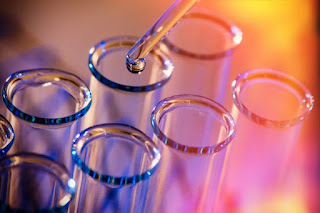Why is drug discovery important?

The goal of a preclinical drug discovery program is to deliver one or more clinical candidate molecules, each of which has sufficient evidence of biologic activity at a target relevant to a disease as well as sufficient safety and drug-like properties so that it can be entered into human testing. Most discovery programs seek to produce more than one candidate molecule because, as is shown in, many molecules do not move through the entire process because of problems with safety, kinetics, potency, intellectual property protection, or other factors. There is no simple formula for producing a viable clinical candidate molecule, although extensive collaboration of chemistry, biology, toxicology, and pharmacokinetics is almost universally the norm in modern drug discovery programs small molecule drug discovery programs typically produce massive amounts of data using high-throughput screening techniques that evaluate many compounds at many doses against many assays For more deatails :...





